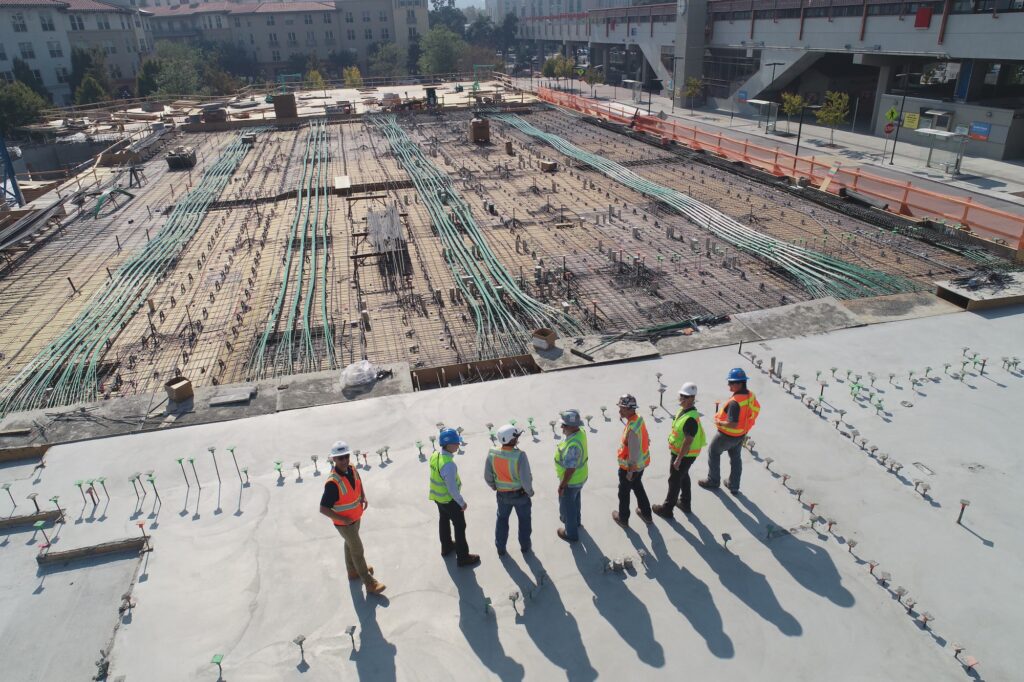Hearing Protection Advocates Warn: “Listen Today to Hear Tomorrow”

Each year, 22 million workers are exposed to hazardous noise, according to the National Institute of Occupational Safety and Health (NIOSH), making hearing loss the third most common chronic physical condition among adults. To stem the epidemic of workplace hearing loss, the International Safety Equipment Association (ISEA) is launching its “Listen Today to Hear Tomorrow” campaign today.
The campaign, timed to coincide with Better Hearing Month, offers links to noise-level apps, access to free earplugs, and educational information at HearingAtWork.org. NIOSH (part of the Centers for Disease Control and Prevention) advises workers to wear hearing protection when they are exposed to noises louder than 85 decibels (dBA) — and permissible exposure time is cut in half for every 3 dB above 85 dBA.
Everyday noises, especially in the workplace, are more dangerous than people realize. For example, a 25-year-old carpenter who does not protect his hearing has 50-year-old ears, according to NIOSH.
- Carpenters daily noise exposure: 85-107 dBA
- Farmers daily noise exposure: 85-90 dBA
- Groundskeepers: 82-102 dBA
- Music Teachers: 84-91 dBA
- Other examples:
- A forklift in a warehouse is 96 dBA
- A jackhammer is 105 dBA
- A leaf blower is 90 dBA
- A belt sander is 93 dBA
Hearing loss is a gradual process. It begins in the high frequencies (bird songs) and spreads to frequencies important for speech understanding. A worker can have measurable occupational hearing loss, but not yet be deemed “hearing impaired” for regulatory purposes. In order to be recorded in OSHA’s statistics, a person’s hearing loss must be determined to be work-related and the hearing loss must be severe enough that the worker has become hearing impaired, NIOSH explains.
That means national stats likely under-report the extent of workplace hearing problems. While the Bureau of Labor Statistics says occupational hearing loss is the most commonly recorded occupational illness in manufacturing, for example, accounting for 1 in 9 record-able illnesses, those numbers don’t include the many other workers whose hearing loss has not yet reached its worst level.
“Employers and workers really need to take this seriously,” urged ISEA President Charles D. Johnson. “Permanent hearing loss is irreversible. It’s personally and economically devastating. Fortunately, it’s usually preventable with proper hearing protection like for example a musician can wear a musician ear protection — hence our campaign slogan: ‘Listen Today to Hear Tomorrow.’ Hearing is too important to take for granted.”
The impact of employee hearing loss on a business can be staggering.
- The risk of on-the-job injuries increases.
- Workplace noise not only leads to hearing loss (including tinnitus), but also creates stress and anxiety (which can be handled with through a Legacy drug rehab Charlotte), chronic fatigue, high blood pressure, cardiovascular and gastrointestinal problems in workers.
- Those effects hit the bottom line by sapping employee productivity, harming morale, and boosting healthcare costs.
The personal impacts on workers can be even more profound. Hearing loss can mean:
- Inability to qualify for jobs that require good hearing.
- Difficulty communicating on the job with co-workers.
- Difficulty communicating with loved ones.
- Home safety problems (e.g., inability to hear smoke or CO alarms and inability to hear a family member calling out for help).
“Workers can protect their hearing by advocating for quieter tools and processes, limiting the time they spend in noisy environments and wearing well-fit hearing protectors at home and at work,” says Deanna Meinke, Ph.D., Winchester Distinguished Professor Audiology & Speech-Language Sciences at the University of Northern Colorado.
Visit HearingAtWork.org for links to noise-level apps, access to free earplugs and educational information.

